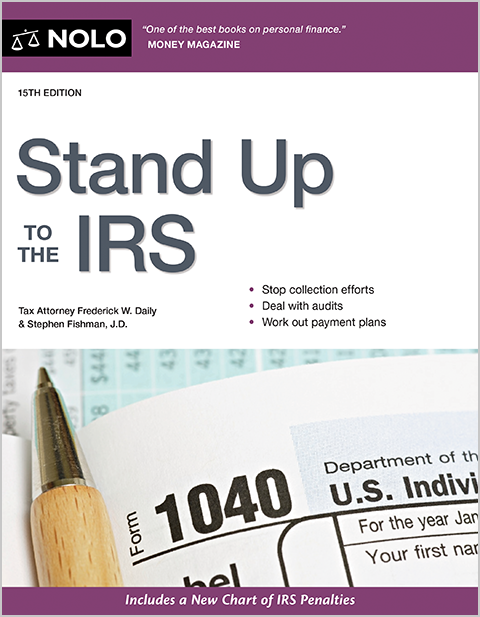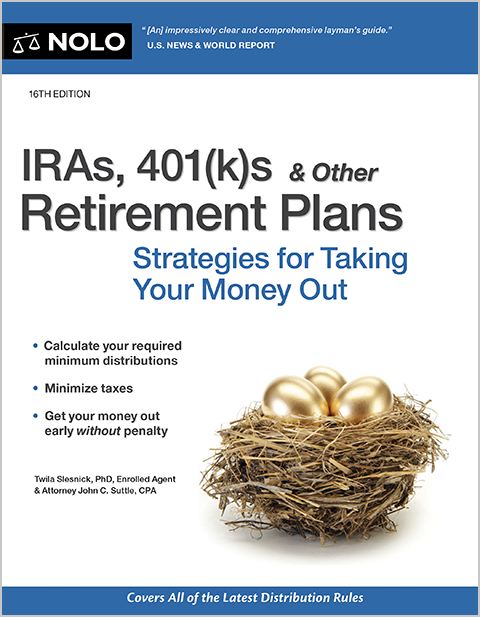Don't miss out on this important business expense deduction with more options under the Tax Cuts and Jobs Act.
Computers you purchase to use in your business are a deductible business expense. In fact, you might be able to deduct the entire cost in a single year. And computers are no longer considered listed property under the Tax Cuts and Jobs Act, so there is less record-keeping required, and you can use bonus depreciation.
If You Have Your Own Business
If you purchase a computer for use in your business, deducting the whole cost is no problem. Usually, you can deduct the entire cost in a single year instead of depreciating it over five years.
Section 179 Deduction
If you use the computer in your business more than 50% of the time, you can deduct the entire cost under a provision of the tax law called "Section 179." Under Section 179, you can deduct in a single year the cost of tangible personal property (new or used) that you buy for your business, including computers, business equipment and machinery, and office furniture. Starting in 2018, there is an annual limit on the amount you can deduct under Section 179 (adjusted for inflation each year).
If you use the computer for both business and personal purposes (such as playing computer games), your deduction is reduced by the percentage of your personal use. For example, if you use your computer 60% of the time for business and 40% for personal use, you can deduct only 60% of the cost. If your computer cost $1,000, you could only depreciate $600.
You can't use Section 179 to deduct in one year more than your net taxable business income for the year. So, if you made no money, you get no deduction. But you can save the deduction for future years when you do earn a profit. If you're a sole proprietor and have a job besides your business, you can add your salary to your total business income. If you're a married sole proprietor and file a joint tax return, you can also include your spouse's salary and business income in this total.
There is another important limitation regarding the business use of property: You must use the property over half the time for business in the year in which you buy it. You can't convert property you previously used for personal use to business use and claim a Section 179 deduction for the cost.
You can use Section 179 expensing only for property you purchase—not for leased property or property you inherit or receive as a gift. You also can't use it for property that you buy from a relative or a corporation or an organization that you control.
Depreciation
If you use an item for business less than half the time, it won't qualify for Section 179, and you will have to deduct the cost a portion at a time over several years—a process called "depreciation." There is no requirement that you use the computer at least 51% of the time for business to be depreciated. You can depreciate business property even if you use it only 1% for business and the rest of the time for personal use.
However, as with Section 179, your depreciation deduction is reduced by the amount of your personal use of the property. For example, if you use your computer 40% of the time for business and 60% of the time for personal use (such as playing computer games), you can only depreciate 40% of the cost. If your computer cost $1,000, you could only depreciate $400.
Office equipment such as a computer is deducted over five years.
Computers No Longer Listed Property
Effective 2018, under the Tax Cuts and Jobs Act, computers are no longer considered "listed property." Listed property generally includes items that can easily be used for personal as well as business purposes, such as cars, cameras, stereos, and—before the Tax Cuts and Jobs Act—computers. The IRS has more stringent recordkeeping rules for these items to make sure they are in fact used for business and not personal purposes.
Under prior law, there was a partial exception to the recordkeeping requirement for computers. Namely, if you used a computer or computer peripheral (such as a printer) only for business and kept it at your business location, you didn't have to comply with the listed property recordkeeping requirements. Effective 2018, there are no recordkeeping requirements for any business use of computers.
First-Year Bonus Depreciation Allowed
To qualify for first-year bonus depreciation, property classified as listed property under the tax code must be used over 50% of the time for business. Because computers will no longer be classified as listed property (see above), you can use bonus depreciation to deduct computers used less than 50% of the time for business starting in 2018. Bonus depreciation allows you to deduct a substantial amount of the cost of an item used for business in the first year that you purchase it.
If You're an Employee
If you're an employee in someone else's business and you buy a computer to use in your work, you should get your employer to reimburse you for the cost. The employer can then deduct the cost as a business expense. You don't have to include the cost in your employee income.
As of 2018, unreimbursed employee expenses can no longer be deducted.
Get More Information
For more information on tax issues affecting small businesses, get Deduct It! Lower Your Small Business Taxes, by Stephen Fishman (Nolo).
If you need more help, talk to a tax professional, such as a certified public accountant or a tax attorney. A tax professional can prepare tax returns or provide tax information, guidance, or representation before the IRS.
Talk to a Tax Attorney
Need a lawyer? Start here.
How it Works
- Briefly tell us about your case
- Provide your contact information
- Choose attorneys to contact you
- Briefly tell us about your case
- Provide your contact information
- Choose attorneys to contact you

